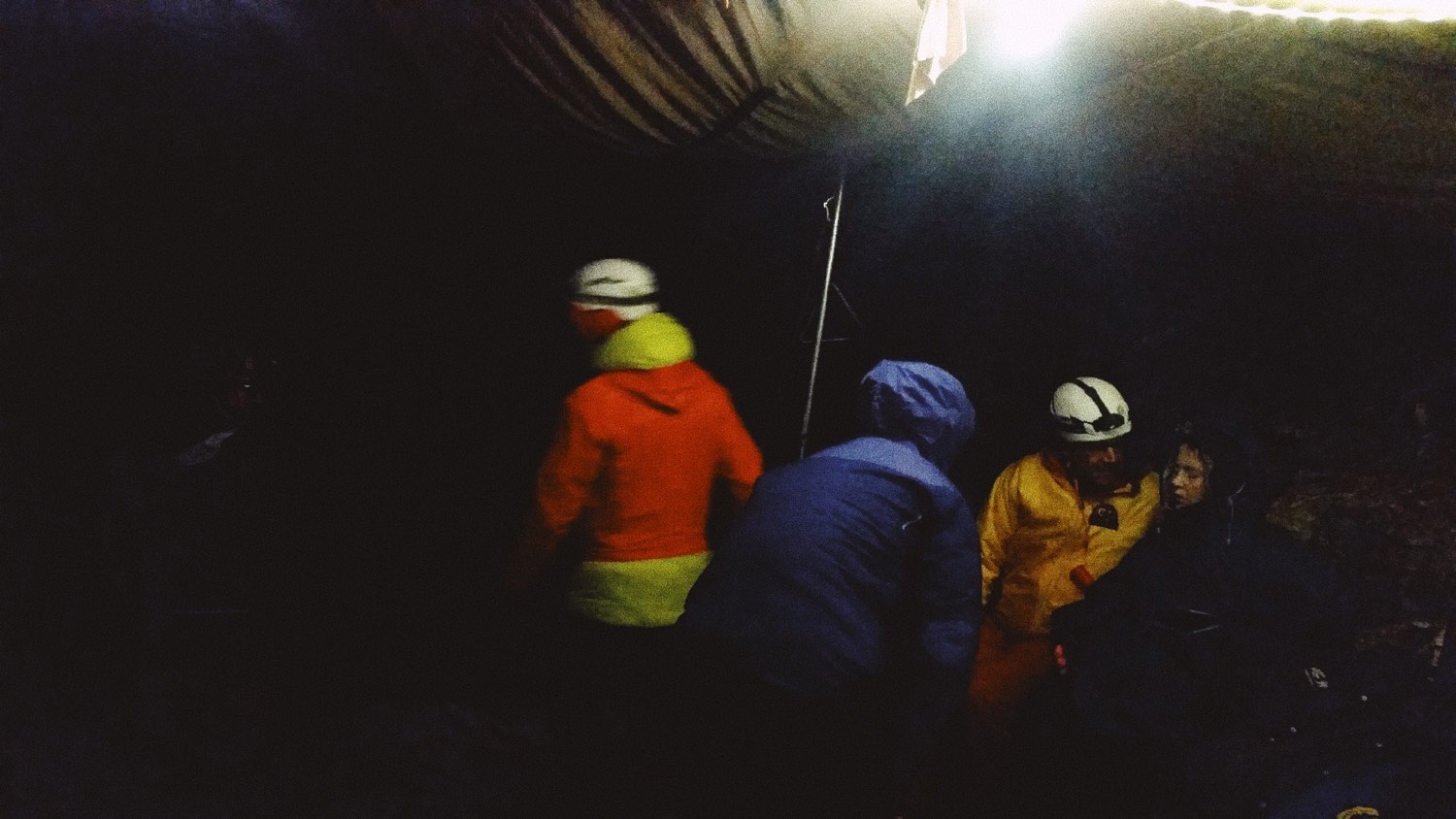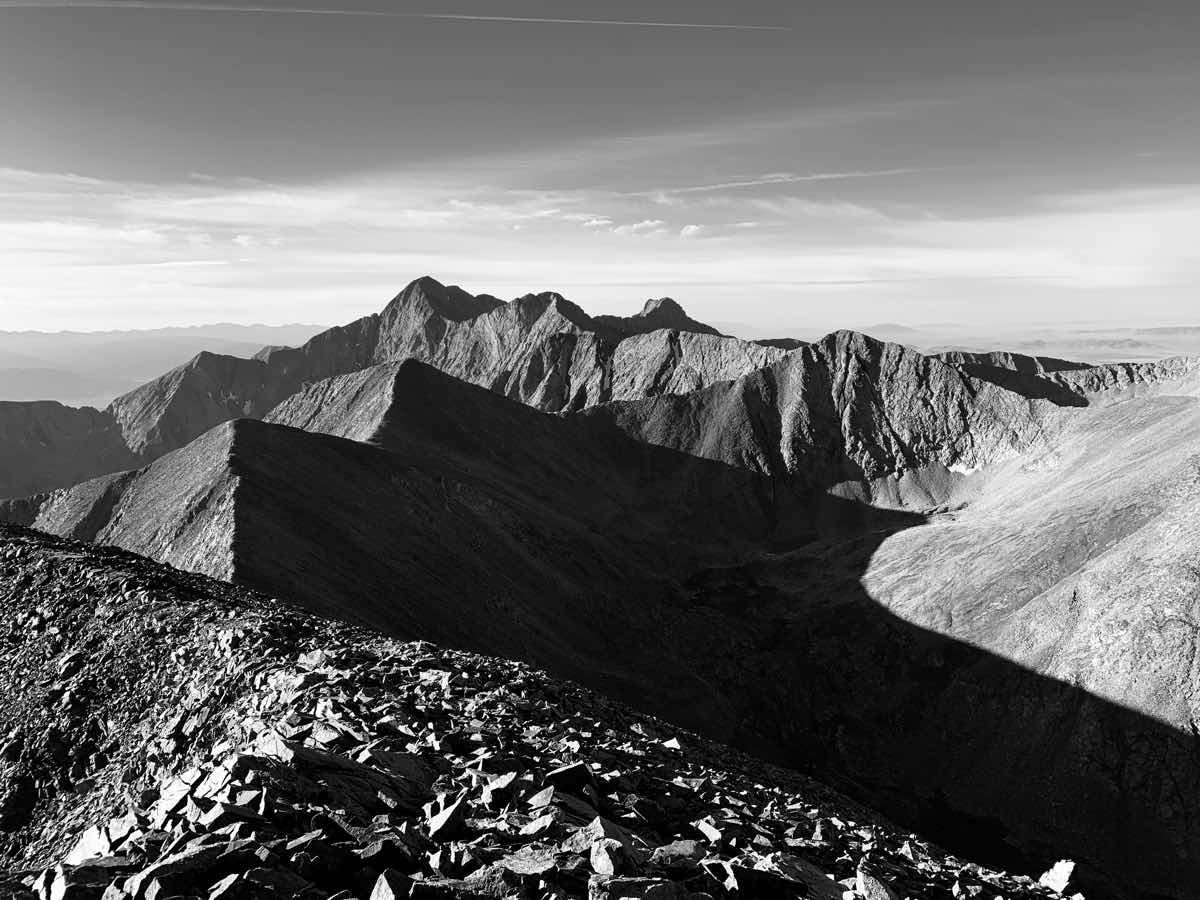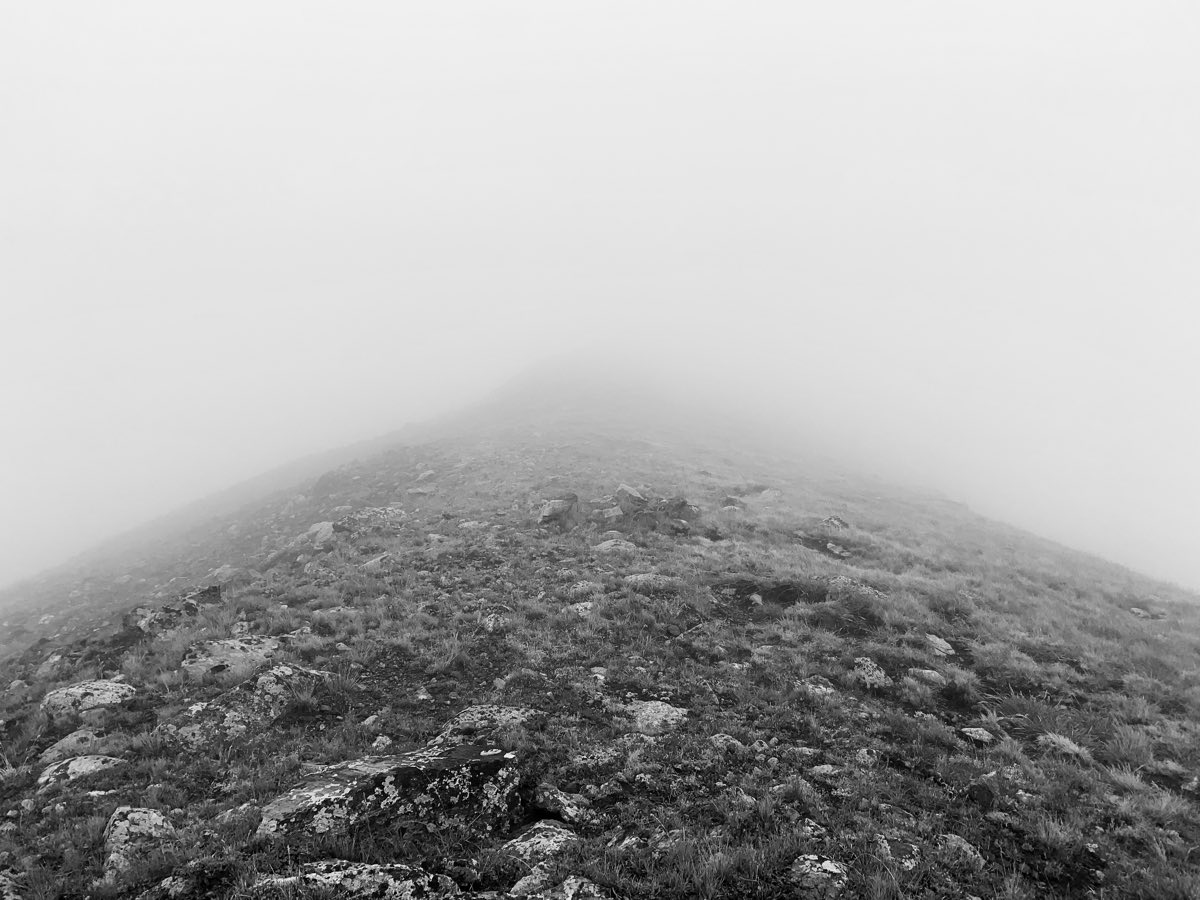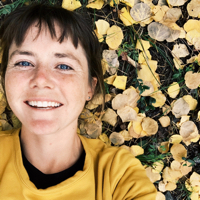What do you do when you’re nervous or anxious for a big event?
I’m preparing to start another big adventure and some days I am pretty darn good at psyching myself out. I know that once I’m out moving I will be fine, barring no major injuries, but sometimes it’s hard to not dwell on the possibility of failure.
I think what makes ultramarathon/mountain/trail running so appealing are all the variables that have to be managed. Sometimes the stars align and we have those euphoric days. Other times we have to dig deep just to cross the finish line.
It makes me think of the year I ran the Hardrock 100–that was 2017. I had been dealing with a chronic knee injury but was not about to forfeit my spot. I knew that it could be my only chance to run the iconic event. Instead of letting my knee rest, I trained harder and more persistently than I had for anything in my life. I was kind of secretly hoping to have one of those ‘breakthrough’ races I often hear about people having. I figured if I could log big miles in training, then my knee would hold up come race day.
Race day came. As Eminem would say, there was vomit on my sweater already. I went out fast and initially felt good, trying to get the nerves out and settle in. At the very first creek crossing, about nine miles into the event, we all came upon Kilian Jornet casually re-tieing his shoes after taking them off to cross through the water. I followed Karl Meltzer through the hail and lightning into the Sherman aid station at mile 29. The aid station seemed to be flooding as I shuffled out, following Anna Frost’s advice to change my soaking shirt before heading up Handies Peak. Luckily, I had stuck one in my drop bag when she suggested it before the race. It felt a bit like monkey-see, monkey-do. I was just doing what the veterans were doing. I approached it like I knew nothing, feeling like I’d never even run a race in my life.
The thunder and lightning subsided as we crested Handies. We bombed down into the Grouse Gulch aid station at mile 42 before it could unleash again. All was well, but then, my stomach turned on me. I couldn’t eat because I was too nauseous. Stopping wasn’t a thought, I just had to keep putting one foot in front of another. Darcy Piceu and Anna passed me at Engineer aid station, now closing in on halfway into the race, and I slowly worked my way down into the town of Ouray nearly in tears (a telltale sign I am deep into bonking).
I picked up my pacer Nick Martin and we started hiking our way up Camp Bird Road. My stomach hurt a lot and then I became very sleepy. Nick kept urging me forward as I tried to doze off by resting my head on my hiking poles. I felt like I was puking and falling asleep at the same time, an odd combination as I stumbled my way toward Kroger’s Canteen, mile 68, in the dark. Nick later said he was holding onto my jacket as I wobbled on the snow steps to the infamous aid station. He was afraid I would slip down the steep snow and not have the wherewithal to stop myself. Roch Horton, the Kroger’s Canteen head honcho, called out to me, “Hannah, girl. You got it. Just a few more steps.” (They can’t help you until you’re in the aid station, or else you’ll be disqualified.) I got there and sat down on the bench. In a blurry, half-conscious state I remember crying when Diana Finkel, the women’s course-record holder who was volunteering at the aid station, sat next to me and told me to hang in there.
Realizing I was in worse shape than he thought, Roch stuck me in a tent with a warm water bottle to wrap my feet around and told me to nap. Normally they try to get you in and out of Kroger’s as quickly as possible; it’s a tiny space at 13,000 feet altitude. If you want to drop, the town of Telluride, five miles ahead and way below, is your closest bailing spot. But I wasn’t going anywhere. Meanwhile, my pacer Nick ate pierogies and hung out with everyone, so at least one of us had an enjoyable night. Three hours later I woke up feeling much more alive (and can’t thank Roch enough for sticking me in that tent!) My friends Drew Gunn and Billy Simpson appeared in the notch right as I got up and we all headed down into Telluride. The rest of the race was less eventful. Having given up my lofty goals, I was able to just keep moving forward and eventually made it full circle to kiss the Hardrock.
I bring up this story because I think I let nerves get in the way of running my own race. Perhaps if I had started out a little slower and trusted myself and my training, my stomach wouldn’t have turned and I could’ve finished stronger and maybe stuck with the competition. Instead of a breakthrough race, I just got a good story out of Hardrock… and a nap at Kroger’s Canteen.
A lot of mind over matter happens in endurance events. This summer, I had a similar lesson in dealing with nerves when I was beginning the classic Little Bear-Blanca Traverse, a route along the toothy ridge connecting to the two mountains in the Sangre de Christo Range, beautiful and abrupt range that rises above the San Luis Valley and stretches from Santa Fe, New Mexico to Salida, Colorado. As I started on the ridge, which involves scrambling with some exposure on rocks of poor quality, I initially scrambled off the wrong way. My backpack, filled with seven days of food, threatened to push me off the ridgeline. I was hoping to attempt the whole traverse of the very aesthetic and technical 100-ish-mile ridgeline of the northern Sangres from Little Bear Peak to Salida, hence all the food. I scrambled back onto the ridge proper, but now I was in a nervous tizzy. All I could imagine was my body careening off the ridge into the talus field below. A guy went by me and asked if I was okay. I told him I was going to bail, that I couldn’t do it. I watched him scramble off.
I turned around, backtracked a few feet, and sat down feeling defeated. After sitting there for a few minutes and calming down, I walked back to the spot that had scared me and realized there was another, easier way to go. So I went. Instead of focusing on the unknowns ahead, I approached each section of the route as a problem–now I understand why climbers use that term–and worked my way across. I had overcome my anxieties and not let them defeat me. It was weather (dense fog and high wind) a couple days later that would eventually cause me to pull the plug on the whole Sangres traverse. And don’t get me wrong, fear keeps you safe in a lot of situations, but I knew in this one I had the skillset to negotiate the route safely, and I knew it would push my limits, something I was looking to do. But the key was that I had to trust myself, a lesson in and of itself.
I’ve realized over the past few years that I tend to do better with big races, events, or adventures when I do them on a whim. I don’t have the time to get overtrained or anxious. I think that’s why I’ve ebbed more toward personal projects that I can decide to do whenever I am ready. Also, the more times I fail at something, the more I realize it doesn’t matter, as long as I’ve tried. In The Subtle Art of Not Giving a Fuck, author Mark Manson writes, “The desire for more positive experience is itself a negative experience. And, paradoxically, the acceptance of one’s negative experience is itself a positive experience.”
Each failure provides a lesson for the next attempt and maybe someday I’ll succeed at whatever it is I am striving for. Or maybe not and that’s okay too. I think this can be applied to anything in life: work, family, relationships, and more. Just like those posters you see at the doctor’s office… “perseverance.”
Call for Comments (from Meghan)
- Do you get anxious in the lead-up to an event that’s important to you? Or, how about when you encounter a challenging spot in an outdoor adventure?
- How do you alleviate those feelings, whether it’s to prevent them from happening or to calm down when they come about?





